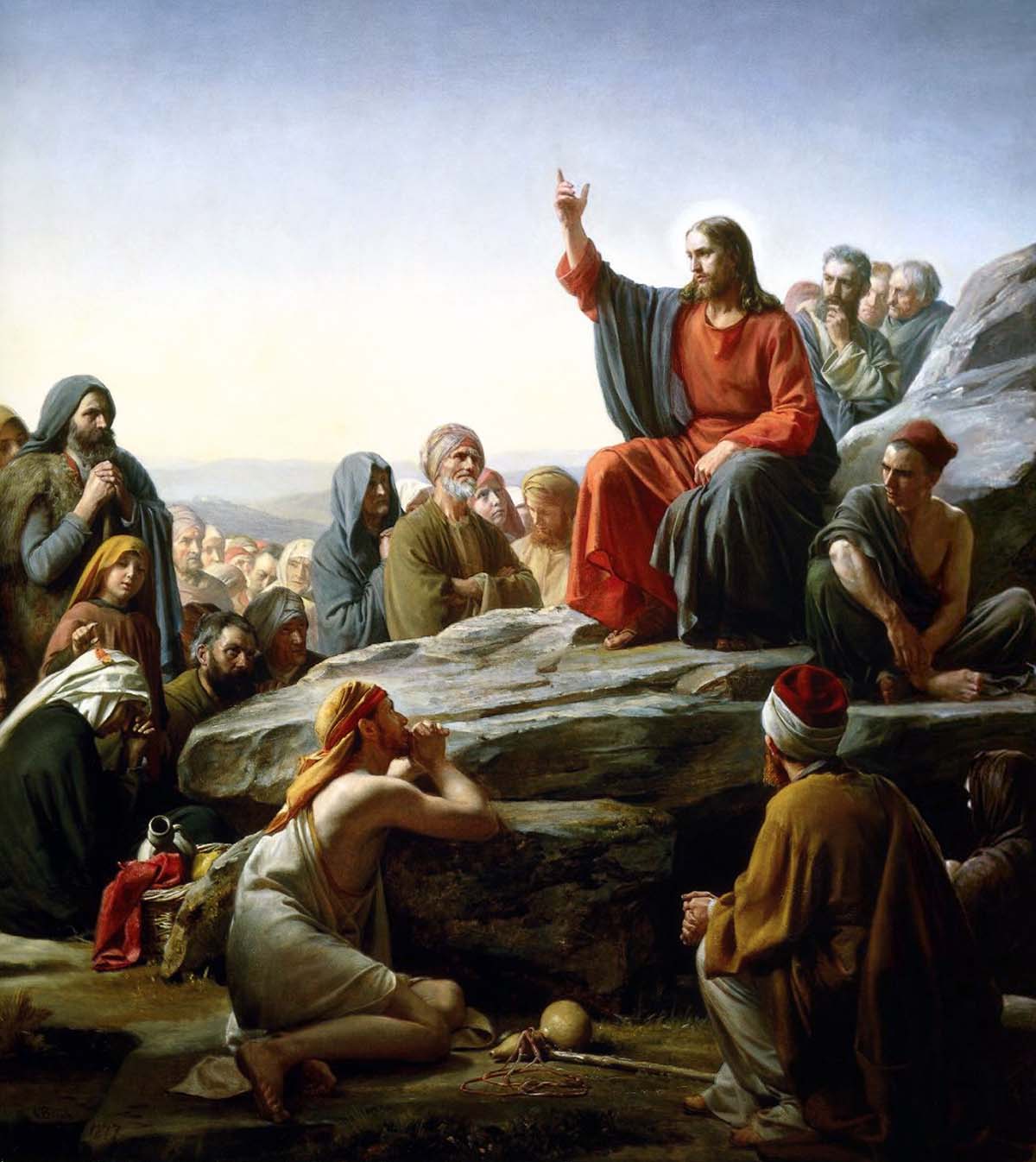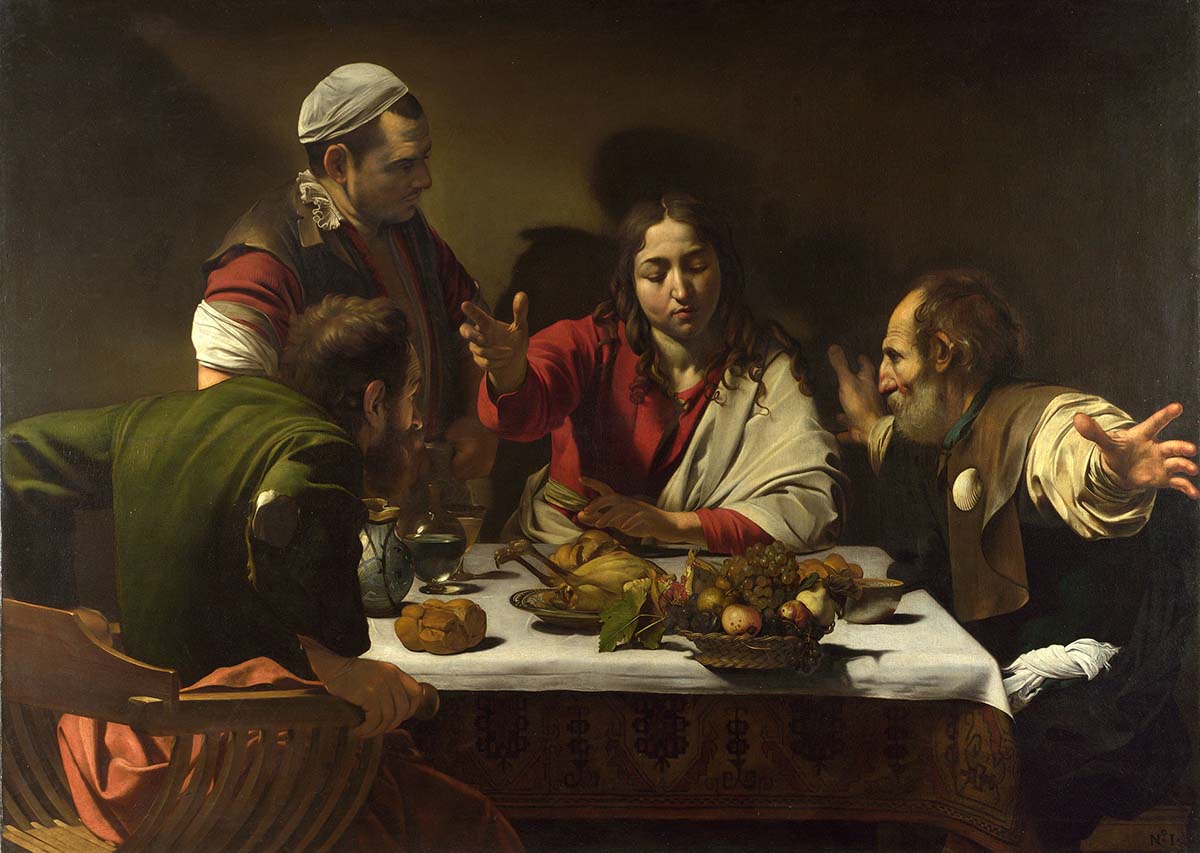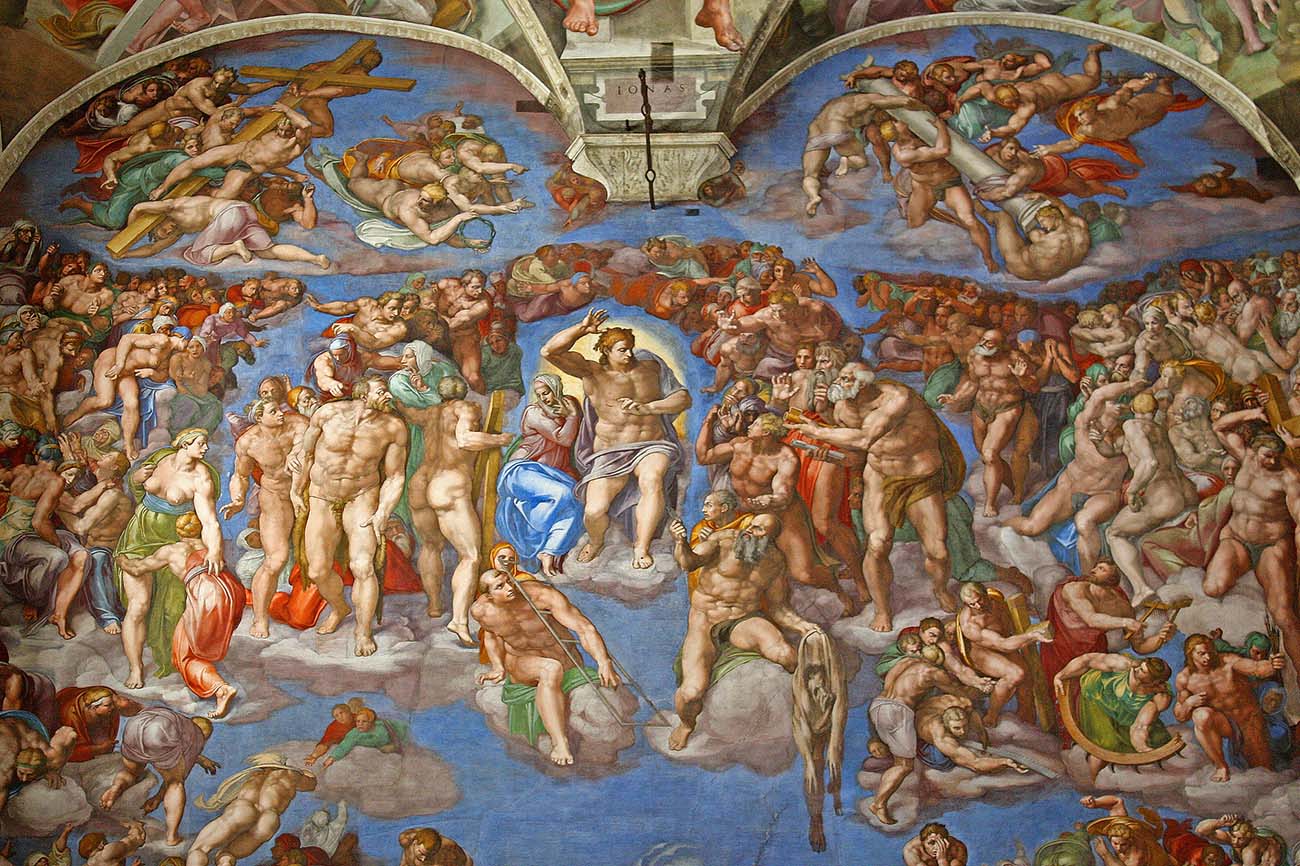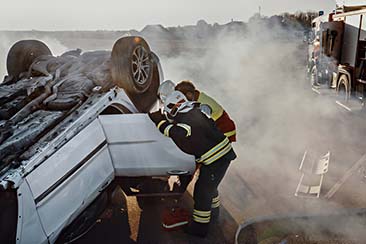Early depictions of Christ first surfaced between the first and third centuries A.D. amid concerns over idolatry; these early depictions focused less on recreating his physical appearance but rather highlighting who he was as leader and saviour.
Carl Heinrich Bloch’s masterwork captures the emotional turmoil Jesus felt at Gethsemane through the expert use of chiaroscuro techniques that illuminate both sides of Jesus.

The Sermon on the Mount,
Carl Bloch (1834–1890),
The Museum of National History, Hillerød.
Depiction
Early depictions of Jesus featured him with a beard to symbolise his humanity; later artists began depicting him with a halo to suggest divinity. Scholars have attempted to explain this shift with various theological views but no clear answer has emerged yet.
Artists have attempted to depict biblical figures with more realistic features, which has resulted in various artistic styles and interpretations. Lodovicco Mazzolino’s paintings show the Artwork of Jesus Christ in more natural settings that elicit an emotional response. Furthermore, his use of color and emphasis creates an atmosphere that draws one closer to Christ.
Caravaggio’s works, on the other hand, capture the magical threshold between shadow and light in that magical moment before Jesus emerges and then vanishes from view. Additionally, his chiaroscuro art technique emphasises his human suffering which adds more realism and drama to his story. No matter their style or interpretation, artworks that depict his story remain captivating to viewers who encounter them.
Styles
Artists have depicted Jesus throughout history using various styles. Representations range from realistic and traditional interpretations, through abstract and symbolic pieces to depicting his spiritual beliefs and theological significance. You can click here to learn more about the rich and storied history of Christian art.
Early Christian art often utilised symbols and metaphors to symbolise Jesus’ divine nature, such as an anchor, fish, peacock, and lamb. As Christianity spread to other countries and regions, artists increasingly utilised local cultural motifs when painting.
Renaissance artwork began to include more realistic depictions of Jesus. Artists like Michelangelo sought to capture his true image through works like those on the Sistine Chapel ceiling; Michelangelo depicted him as a strong man with a healthy physique, yet with spiritual otherworldliness.
Modern portraits of Jesus can be powerful tools for building community and inspiring spiritual devotion. They can spark conversations about faith and allow people from diverse backgrounds to form connections with one another, unify churches, and foster discussions around the importance of his message.
Materials
Christian art has had an enormous influence on the world, from paintings to stained glass panels, religious figurines, and night lights. Christians have used Christian art for centuries as an effective way to inspire believers and spread Jesus Christ’s Gospel message.
Even after Old Testament prohibitions against graven images were lifted, depictions of Jesus continued to appear in early Christian art. Some of the earliest images can be found on catacomb walls and sarcophagus reliefs – often simply showing Jesus with disciples or students around him wearing classical attire while holding up a scroll, symbolising His authority.
As European art spread to different regions through trade and colonisation, Christ figures began reflecting local people in their depictions.

The Supper at Emmaus,
Caravaggio (1571–1610),
The National Gallery, London.
Significance
Jesus Christ images in art have had a tremendous effect on religious iconography and cultural expression of faith while shaping the artistic styles and techniques of generations of artists. You can click the link: https://www.statista.com/statistics/374704/share-of-global-population-by-religion/ to learn more about the Christian population worldwide.
From its origins in Christianity until today, the life and times of Jesus Christ have been depicted through various artworks. Ranging from intricate Nativity scenes to portraits depicting His image – His depiction remains an inspirational icon for believers worldwide.
Early Christian art featured depictions of Jesus that often depicted him in dark tones, reflecting turbulent times for Christianity at that time. Later, with the rise of Italian Renaissance artists like Fra Angelico and Giotto produced more serene compositions.
Caravaggio’s masterpiece The Supper at Emmaus captures Jesus as the main subject and uses chiaroscuro drama to depict his sudden appearance to His disciples; its dramatic chiaroscuro effect has moved millions of Christians. This painting stands the test of time.
Christian art can be defined as any visual or performing form that expresses themes related to Christianity or Christian belief, from paintings and sculptures to architecture and music. Christian artists often work on projects with diverse subjects and styles ranging from religious icons to modern masterpieces.
Liturgical art should inspire an overwhelming sense of reverence and wonder. Viewers should feel connected with saints and angels spanning history–that they belong to an “everlasting chorus of witnesses”–something liturgical art can help achieve. .
Christian artists must navigate a treacherous terrain without succumbing to its temptations; rather, their job requires them to shine Christ’s light into this darkened atmosphere – this requires taking risks but must also be undertaken knowingly by each artist.








